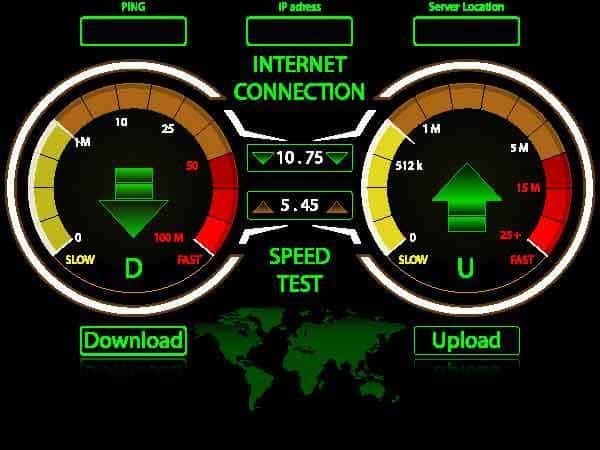
There are different types of Internet connections available that also offer different connection speeds. Sometimes it can be confusing to determine which connection is better than another. If you do not live in a rural area, your options for Internet connection speeds are greater where in a rural area you may be limited as to the type of connection you can establish. Let’ take a look at the different types of connections and how they differ in connection speed.
Types of Internet Connection Speeds
There are basically four different types of Internet connections currently available that also vary in Internet connection speed.
- Dial-Up: A dial-up connection is established through your telephone line and is the slowest Internet connection available. A dial–up connection is achieved through a dial-up modem and utilizes your telephone line to establish the connection. If you are using a lot of multimedia applications a dial-up connection can be rather inconvenient. Additionally, a dial-up connection will tie up your telephone line so often it is necessary to install a dedicated line so you can use the telephone and surf the Internet simultaneously.
- DSL: DSL stands for “Digital Subscriber Line” and is a connection that is established using your telephone line and a DSL modem. To establish a strong connection you should be within a specific distance from the central switching station. DSL offers faster download speed and a slower upload speed however, the connection itself is significantly faster than a dial-up connection and it is known for speed reliability.
- Cable Broadband: Cable Internet access provides a high-speed broadband Internet connection through your local cable provider. It provides a high-speed Internet connection that provides faster upload speed than a Digital Subscriber Line and can be easily set up through your existing cable connection. The downside is when other people are using the connection it can slow down a bit with multiple users.
- Satellite: A satellite is established though the use of a satellite and a clear view of the southern sky. In the case of a rural area, a satellite connection may be the only source for achieving a high-speed Internet connection. This type of connection is provided in one-way and two-way versions. The one-way version will only accept a signal and you will have to use your modem to connect for uploading. The two-way connection sends and receives both ways and does not require the use of your telephone. A satellite Internet connection is available virtually anywhere and provides high-speed Internet access that is comparable to a DSL and cable connection.
If you spend a lot of time online and with multimedia applications such as games and video, it is a good idea to go with a DSL, cable, or satellite connection to boost your productivity online. Otherwise, you could spend a lot of time waiting for applications to load and you will experience a disruption in the function of these applications as well.